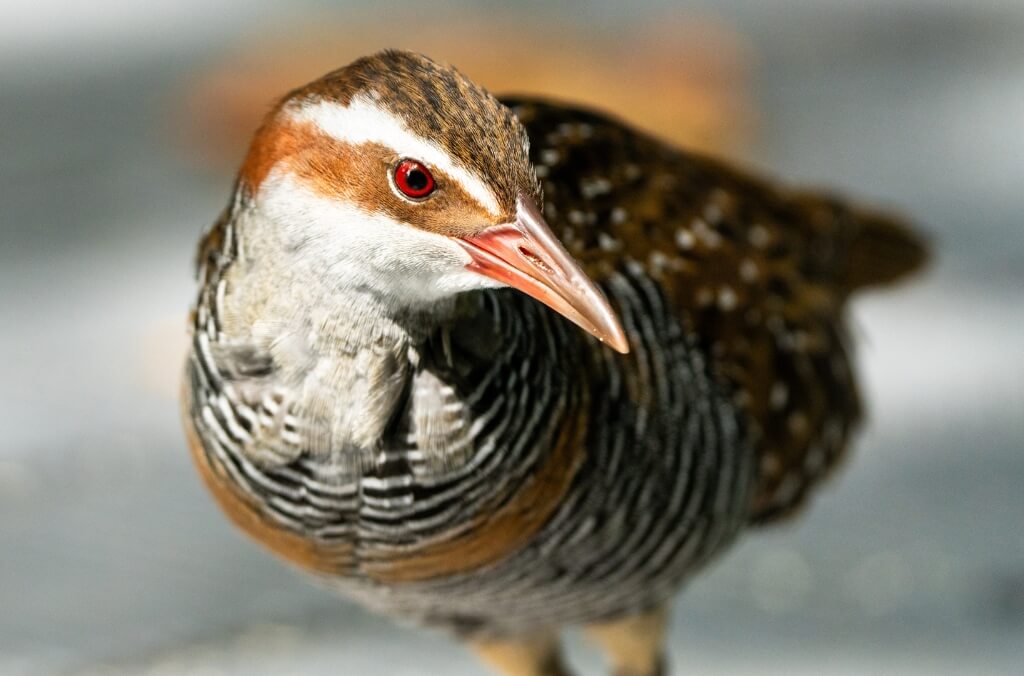Let’s talk about the birds and bees…
That’s right! It’s Australian Pollinator Week from 9 – 17 November 2024.
Pollinators move pollen from the male anther of a flower to the female stigma of a flower, helping to bring about fertilisation. But it’s more than just birds and bees that move pollen!
Birds
Australia has over 100 species of birds that pollinate some 250 species of native plants, including honeyeaters, lorikeets, silvereyes, woodswallos, pardalotes, thornbills to name a few.
Birds pollinate all year-round, allowing plants that flower in winter the opportunity to reproduce even when insect activity is low.
Birds also pollinate over large areas, flying further than insects. This helps to strengthen genetic variation of plant life and benefits ecological resilience in ecosystems.
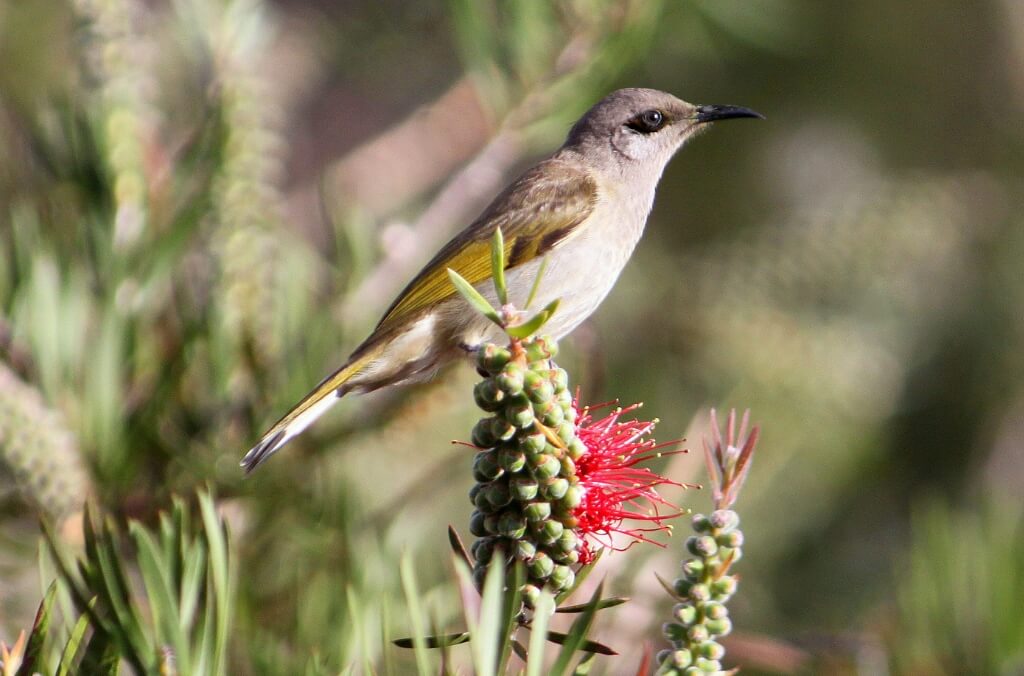
The Brown Honeyeater is thought to feed almost entirely on nectar, with little of its time (approximately 1%) spent feeding on insects. © David Blowers
Insects
Aside from the 2,000 or so species of bee native to Australia, some other insects that may not come to mind straight away when thinking of pollinators include some flies, moths, wasps, beetles, and of course butterflies.
In parts of Australia, hover flies are very common visitors of avocado flowers. Many hover flies mimic bees or wasps in their appearance and movements, confusing growers into thinking that plenty of bees visiting their orchards when in fact they are flies.
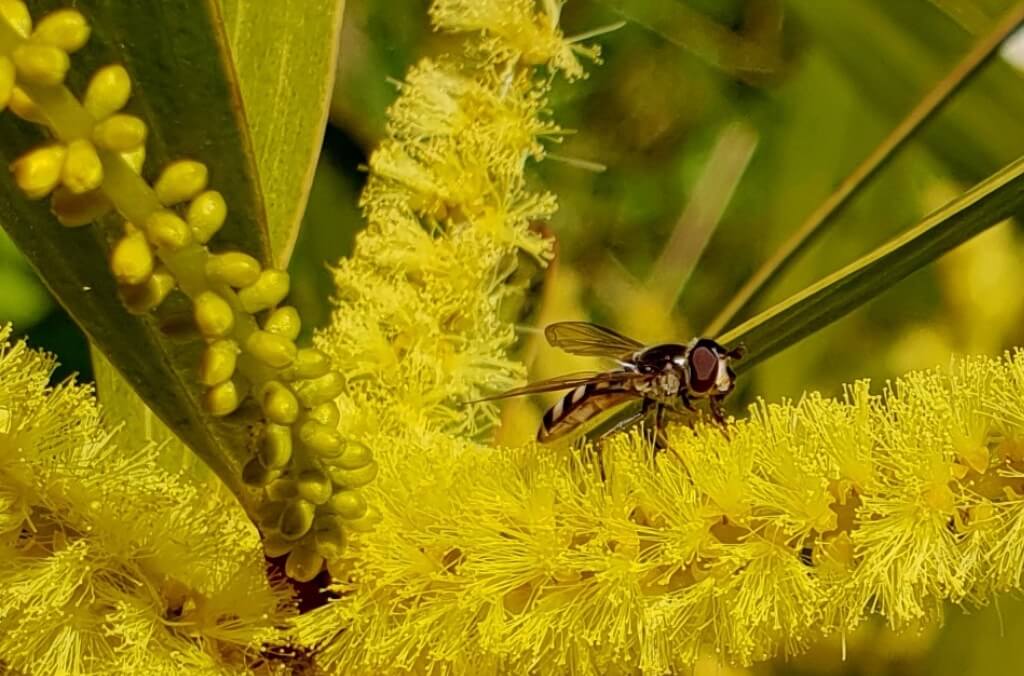
Some studies have demonstrated that hover flies are so effective at depositing pollen onto stigmas of avocado flowers that they outnumbered honeybees by almost three to one.
Nocturnal species
After dark and often overlooked, moths and bats take over the night shift as key pollinators.
While some flowers close when the sun goes down, most flowers are still accessible at night. In fact, some flowers open in the evening and become more fragrant at night to lure in moths which depend on scent to find food.
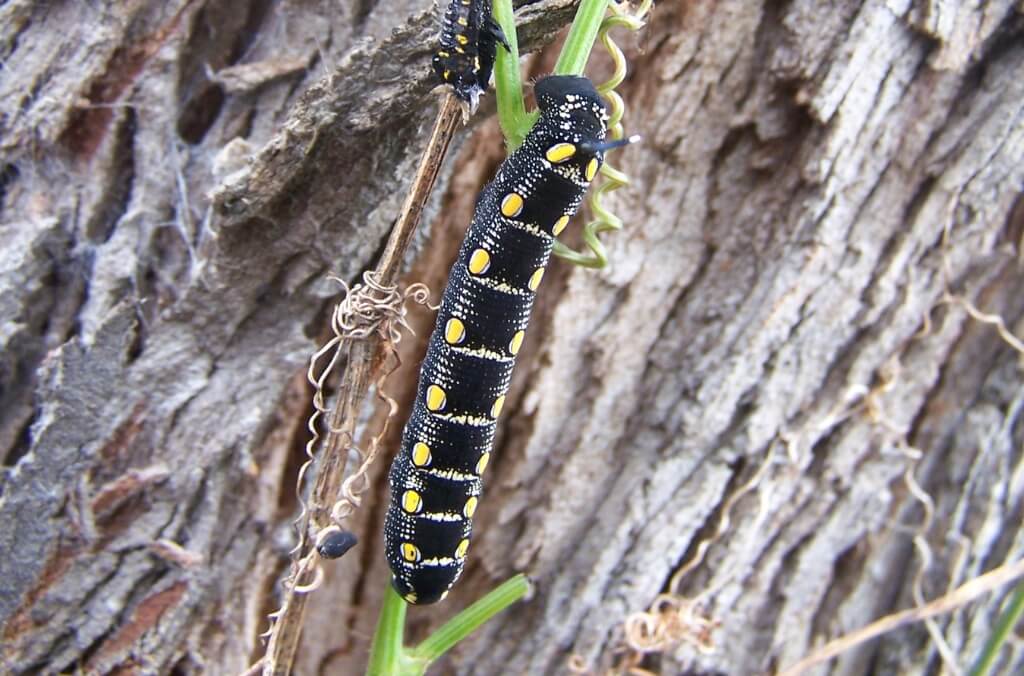
Do you know what this caterpillar grows up to be? The Hawk Moth which is the most significant pollinator of papaya crops.
The Grey-headed flying fox is crucial for the wellbeing of ecosystems across the eastern coast of Australia.
This sweet-toothed pollinator forages on the nectar and fruit from a wide range of plant species, resulting in large amounts of pollen being collected on their fur and transferred between plants as they move from tree to tree.
As Australia’s largest bat, it covers large distances (up to 50 km in one night) in search of food, helping to regenerate and reconnect our native forests and woodlands.
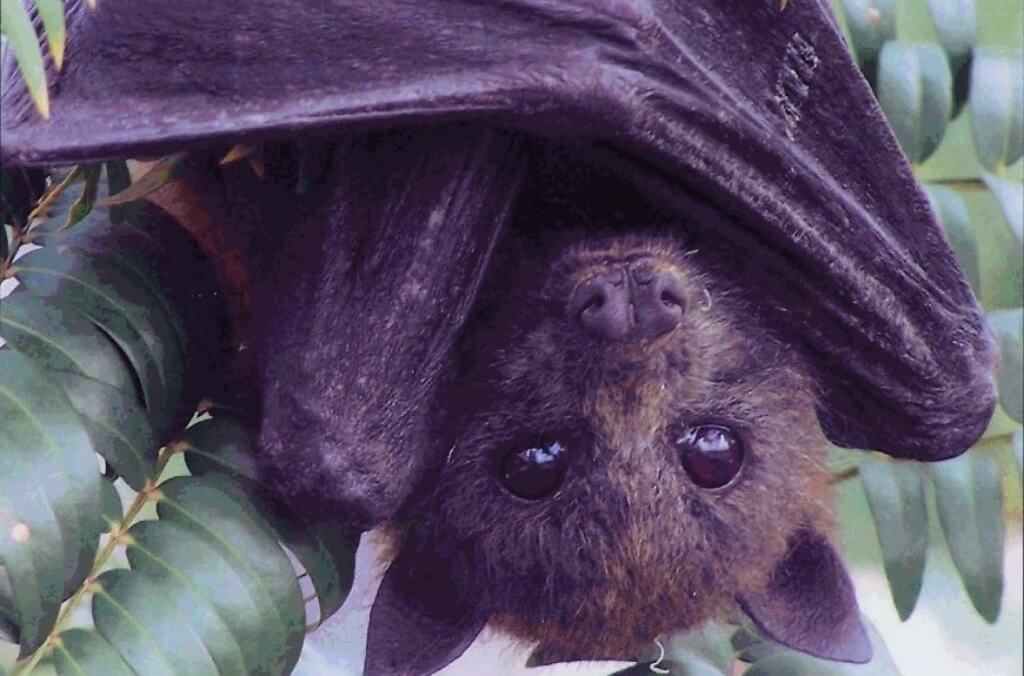
The grey-headed flying-fox supports the health of native forests by helping more than 100 native plant species to reproduce.
Take part in the Australian Pollinator Count!
Taking part is quick and easy. During Australian Pollinator Week you simply need to observe some flowers for 2 minutes, record the pollinators you see and register your results.
Follow the three-step process below to get started.
- Learn by downloading and reading the Learner Guide.
- Test your skills by taking the Australian Pollinator Count Quiz.
- Count and register your results.
Why not have a Pollinator Picnic? Or take part in the Pollinator Photography Competition?
Whichever way you choose to celebrate, take part in Australian Pollinator Week from 9 – 17 November 2024 and show your appreciation towards our pollinators driving biodiversity!
You might also be interested in...
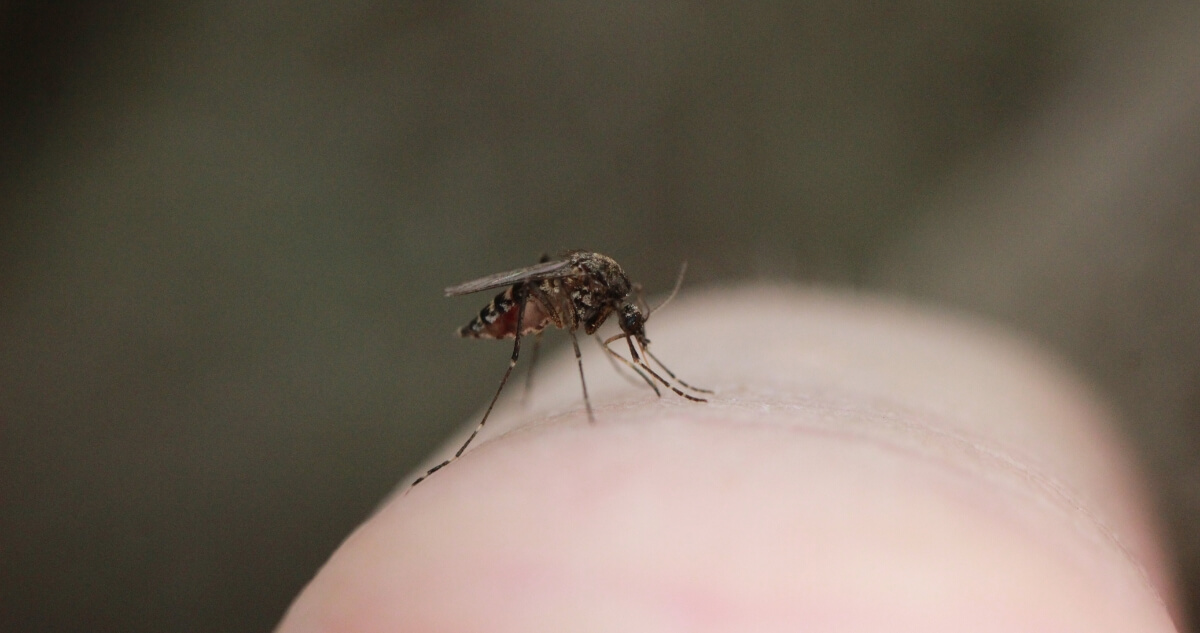

Sydney Olympic Park has been in busy preparing a gift for Park users that’s not wrapped in ribbon, but in science!


We’ve recently completed the 22nd annual Spring Bird Census 2025 at Sydney Olympic Park.
